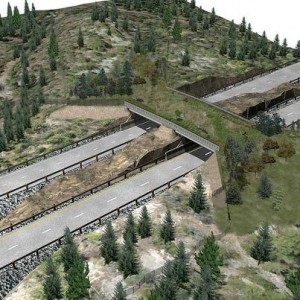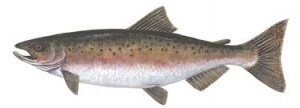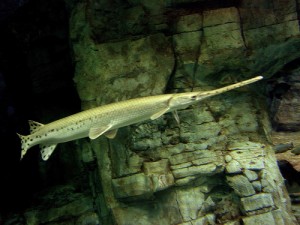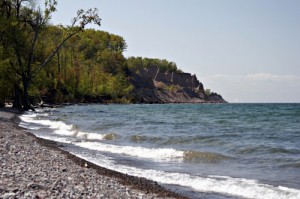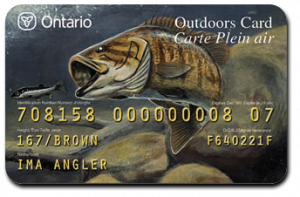It’s not always a good idea to get between a dog and a bone, but when that bone is 300 million years old, one Nova Scotian had to make an exception!

"Superstar" fossil
Patrick Keating was out walking the shores of Northumberland, Nova Scotia in late July with his dog Kitty when they came across something remarkable partially buried in the mud.
“When I detached it from the mud, I realized it was almost like a carcass-shaped, fossilized skeleton. It was exciting to me.”
Keating took the fossil home, cleaned it off and took it to the Nova Scotia Museum where the staff nearly fell out of their seats. It turns out that the fossil contains the partial sail, ribcage and backbone of a sail-back reptile, the first to be found in Nova Scotia, and is thought to be 290 to 305 million years old. Paleontologists knew that these ancient reptiles roamed the shores of Nova Scotia after finding fossilized foot prints back in 1994 but this is the first skeleton to be found in the province. The skeleton, nicknamed “Superstar”, most likely belongs to a Dimetrodon.

Dimetrodon
A second trip by Keating to the location of the find uncovered the skull of the creature. It’s believed that “Superstar” was a baby, measuring only 2 to 3 feet from tip to tail, but adult Dimetrodons could grow close to 5 meters and weigh 300 to 400 lbs. The Nova Scotia Museum of Natural History plans to display the fossil until September 3, but they are keeping the location of its discovery a secret as they hope to find more. Better get Kitty back on the hunt!
Source


